Degree of grinding | how fine powder is used to make coffee by hand? Small Fuji coarse powder medium powder fine powder very fine powder
Professional coffee knowledge exchange more coffee bean information please follow the coffee workshop (Wechat official account cafe_style)
The thickness of coffee powder is related to the amount and speed of coffee ingredients released when brewing coffee. Generally speaking, the thickness of coffee powder can be divided into: coarse powder, medium powder, medium powder, fine powder, very fine powder, five grades, is a little dizzy, ha, it doesn't matter! As soon as you look at the comparison picture and the reference, you can instantly understand the thickness, and usually you can't use so many different thicknesses.
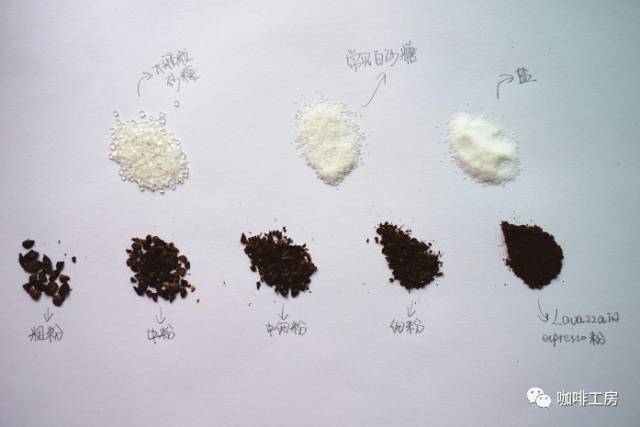
Yes, it is to use different thicknesses of white sugar as a reference. You may have seen it on the Internet before, saying that the powder is the size of raw sugar and the size of granulated sugar. Because we seldom divide the white sugar so fine that we don't know the thickness of the white sugar at all. Therefore, or "talk with the picture", directly find out the different thickness of white sugar in the home, and see the comparison and reference.
(1) very fine powder: suitable for espresso
This is the best to understand, and the usage is relatively absolute, only used when making espresso. Because the extraction method is different from the usual principle of brewing at home, it needs to be pressurized, so the appliance is an Italian coffee machine, and the grinding also requires a professional coffee mill to achieve extremely fine.
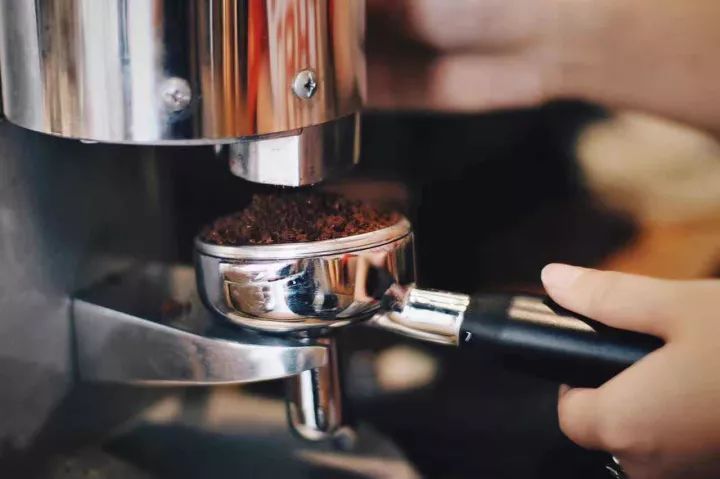
If you use a mocha pot to make coffee, it is also more suitable to use very fine powder, but the extraction is generally excessive, although a little oil can come out, but the taste is bitter, and the enjoyment process is often greater than the taste itself.
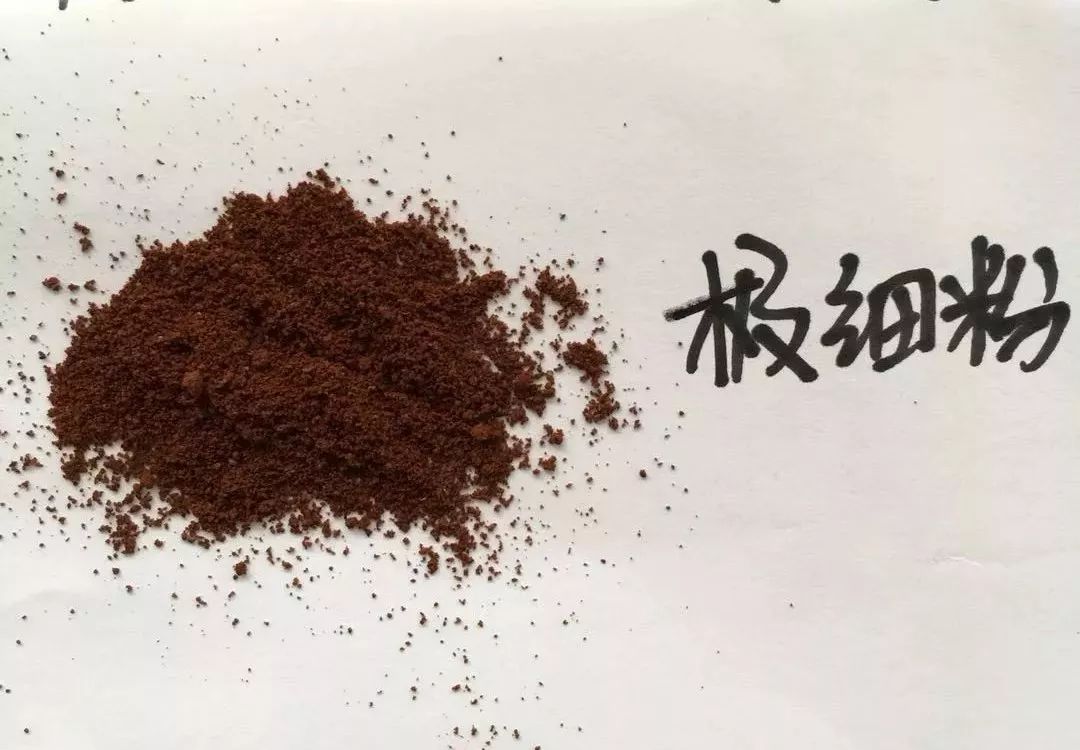
Because when making Italian coffee, we must make efforts to fill the coffee powder to make it resistant to high-pressure hot water, so that we can really extract the essence of coffee. Therefore, it is more sensitive to the degree of grinding, the more uniform grinding, the more compact the coffee powder, and less space, can produce balanced resistance to water, so that a cup of Espresso can be extracted successfully.
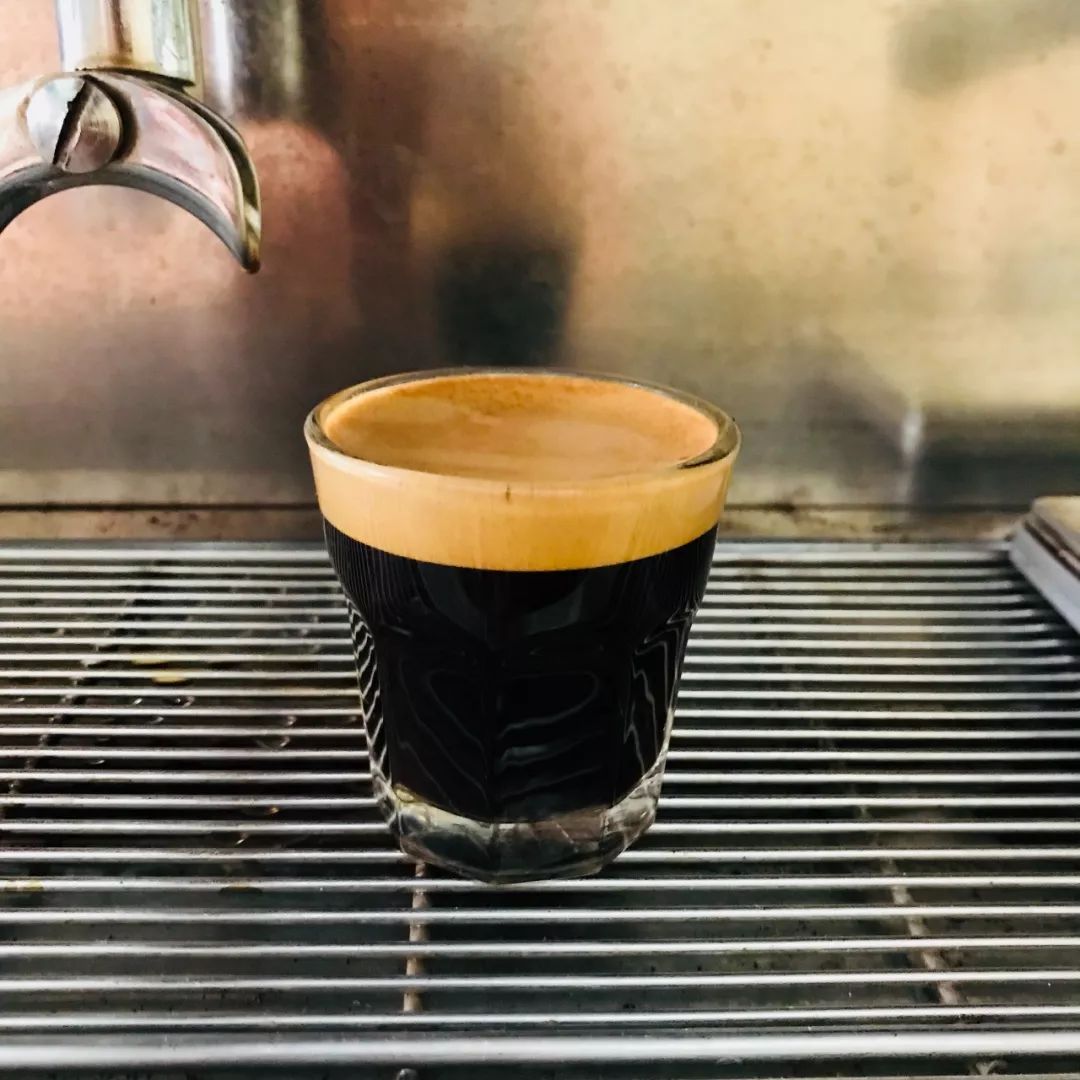
(2) Fine powder: suitable for hanging ears
Fine powder is suitable for hanging-ear coffee. Many people will think that some of the ears should be soaked in water, and thicker particles should be used. In fact, it is mainly because the ears are all filter paper, and the water output is very large. Unlike hand punching with a closing position, such as the commonly used three-hole filter cup, it actually slows down the speed of water outflow. Therefore, hanging ears need more fine powder to increase the extraction area.
The fine powder is slightly smaller than the fine granulated sugar (fine granulated sugar or young granulated sugar for baking), and give a reference, salt. Less than sugar, more than salt, that's right.
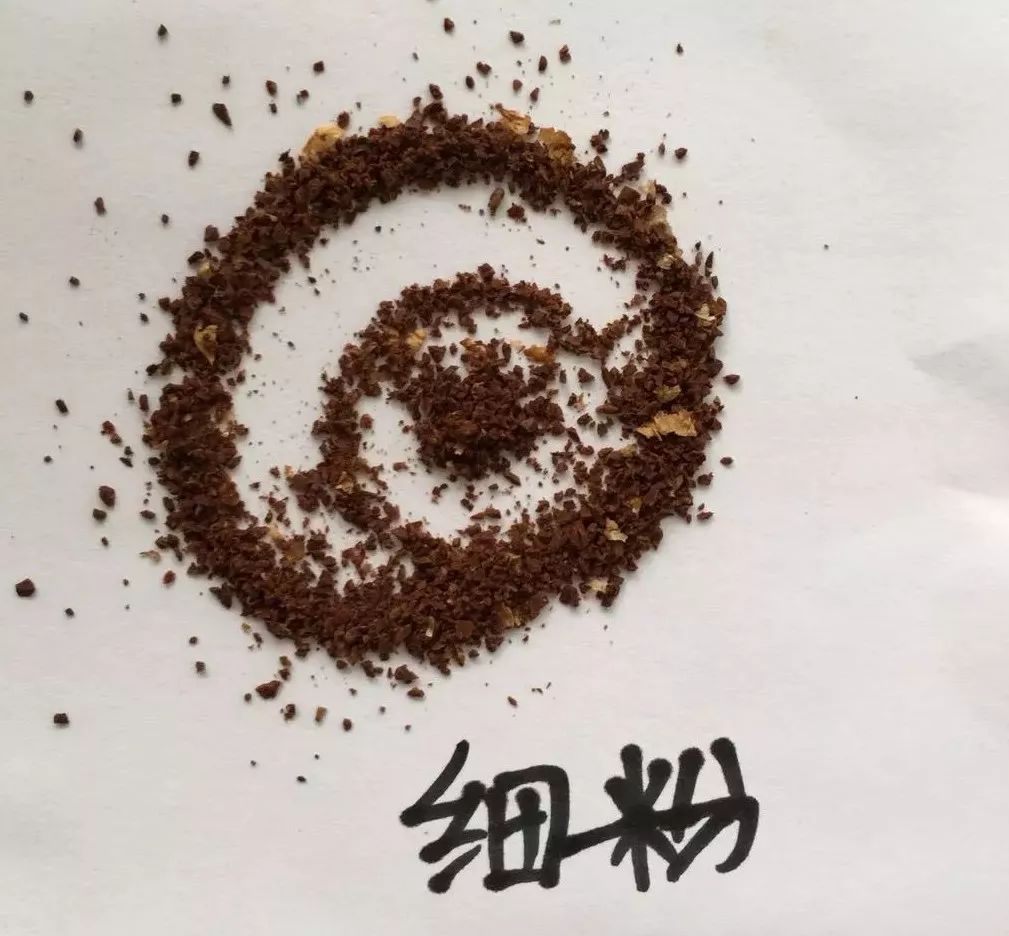
(3) medium powder, medium powder, most suitable for hand flushing (take small Fuji ghost teeth as an example)
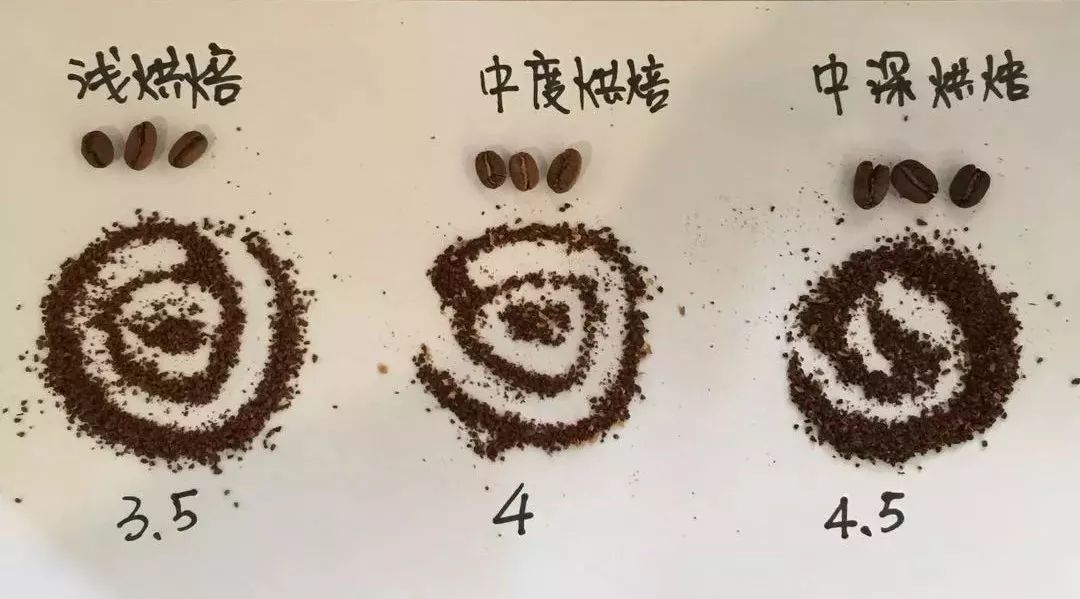
Medium fine powder (suitable for light baked beans, small Fuji ghost teeth 3.5)
Medium and fine powder ≈ white granulated sugar (the most common white granulated sugar in the supermarket, a little bigger than that). Generally, the hand punching will eventually be fixed on the thickness of the medium and fine powder. Because the medium and fine powder is very commonly used, you who love coffee should try your own coffee mill and find the most suitable level of medium and fine powder.
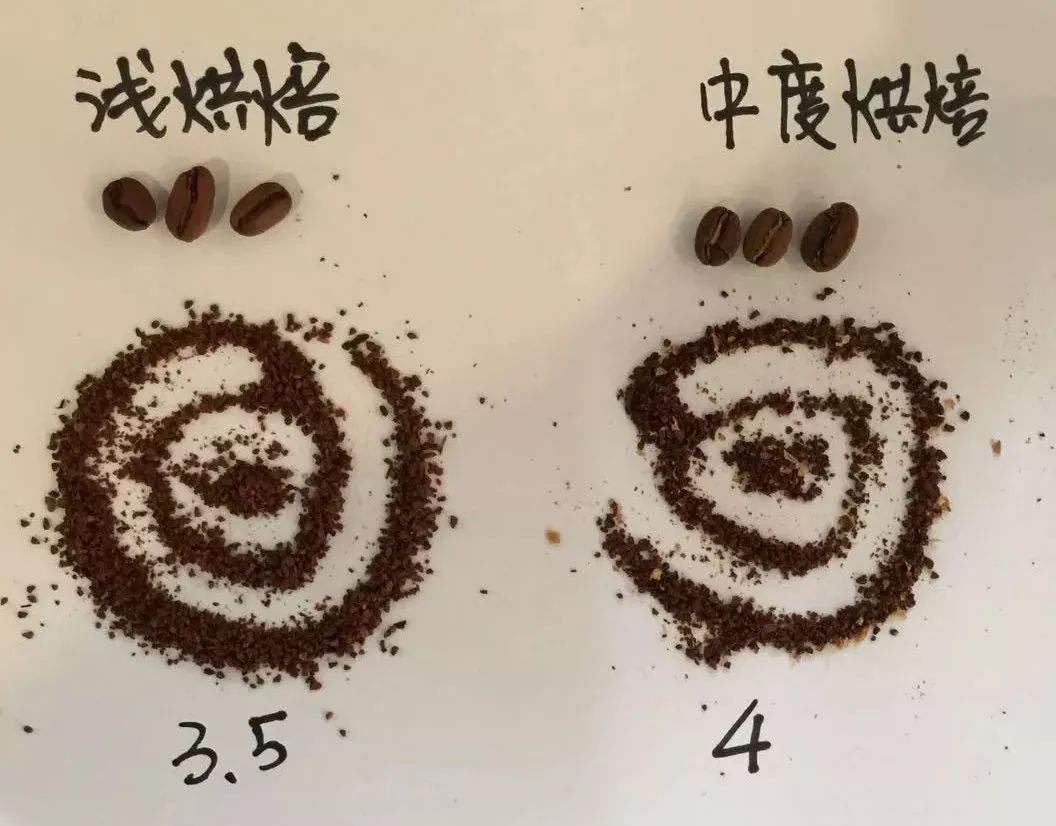
Medium flour (suitable for medium-baked beans, small Fuji ghost teeth 4)
Medium powder = granulated sugar (the largest granulated white granulated sugar seen in the supermarket is this kind of thickness most of the time), the medium powder is slightly thicker than the medium fine powder, but not as large as the coarse powder.
It is recommended that beginners first use medium powder for hand flushing. After all, grinding powder is not easy to produce very fine powder, and it is not easy to soak coffee powder in the filter cup due to the accumulation of water in the filter cup at the beginning of the unstable flow control, thus causing coffee extraction to be excessive. In addition, because personal tastes are different, you can try more between medium powder and fine powder to find a suitable thickness.
(5) coarse flour (suitable for medium and deep baked beans, small Fuji ghost teeth 4. 5)
Coarse powder > raw sugar (in human words: sugar larger than the largest granule of white sugar you can see on the market)
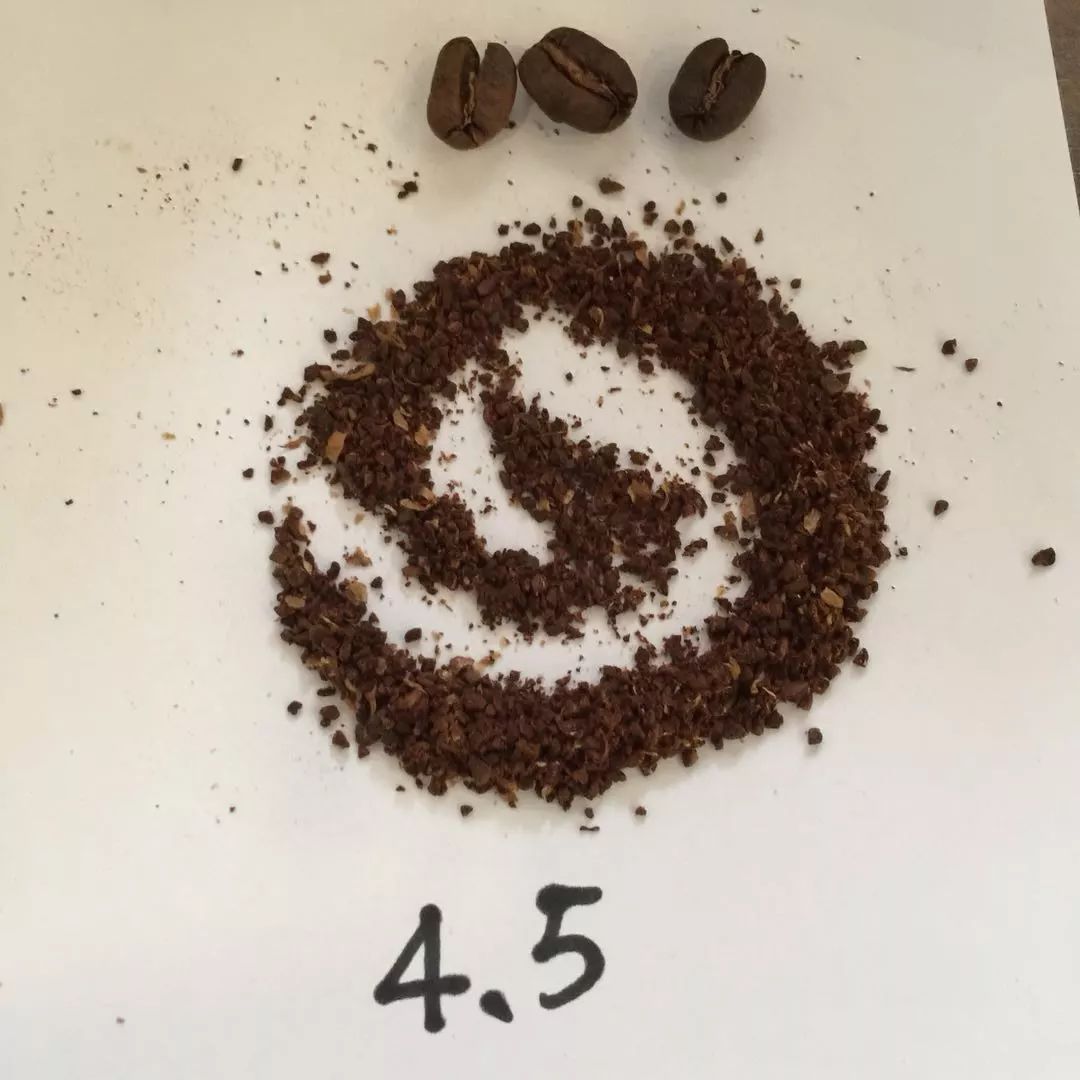
The importance of uniform grinding
Coffee beans become powdered after grinding, and the distribution of powder size has a lot to do with the quality of coffee drinks.
As soon as the coffee beans are ground too fine and the water touches the surface of the coffee powder too much, too many unnecessary impurities will be extracted, even the bitterness will come out; but if the coffee is ground too coarsely, the delicacy is still hidden deep inside, where the hot water is out of contact. the brewed coffee does not have enough aroma. For example, we observe that the V-shaped 60-degree angle increases the thickness of the coffee powder layer and the contact time between the powder and water is longer. in general, the fine powder is easy to gather at the bottom of the cone.
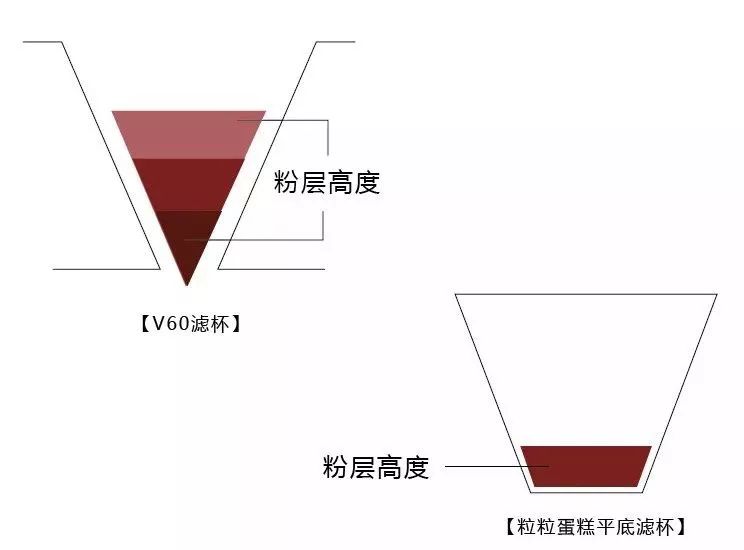
Due to the V60 cup design, when water permeates the powder layer of the upper half of the filter cup, there will be a "twist extrusion" state in the lower half, the aromatic substances in the coffee powder will be extracted through "twist extrusion", so the water extraction is the most complete. therefore, when extracting, I will be more inclined to circle evenly in the center of the filter cup, making the whole cup coffee more balanced and sour and sweet.
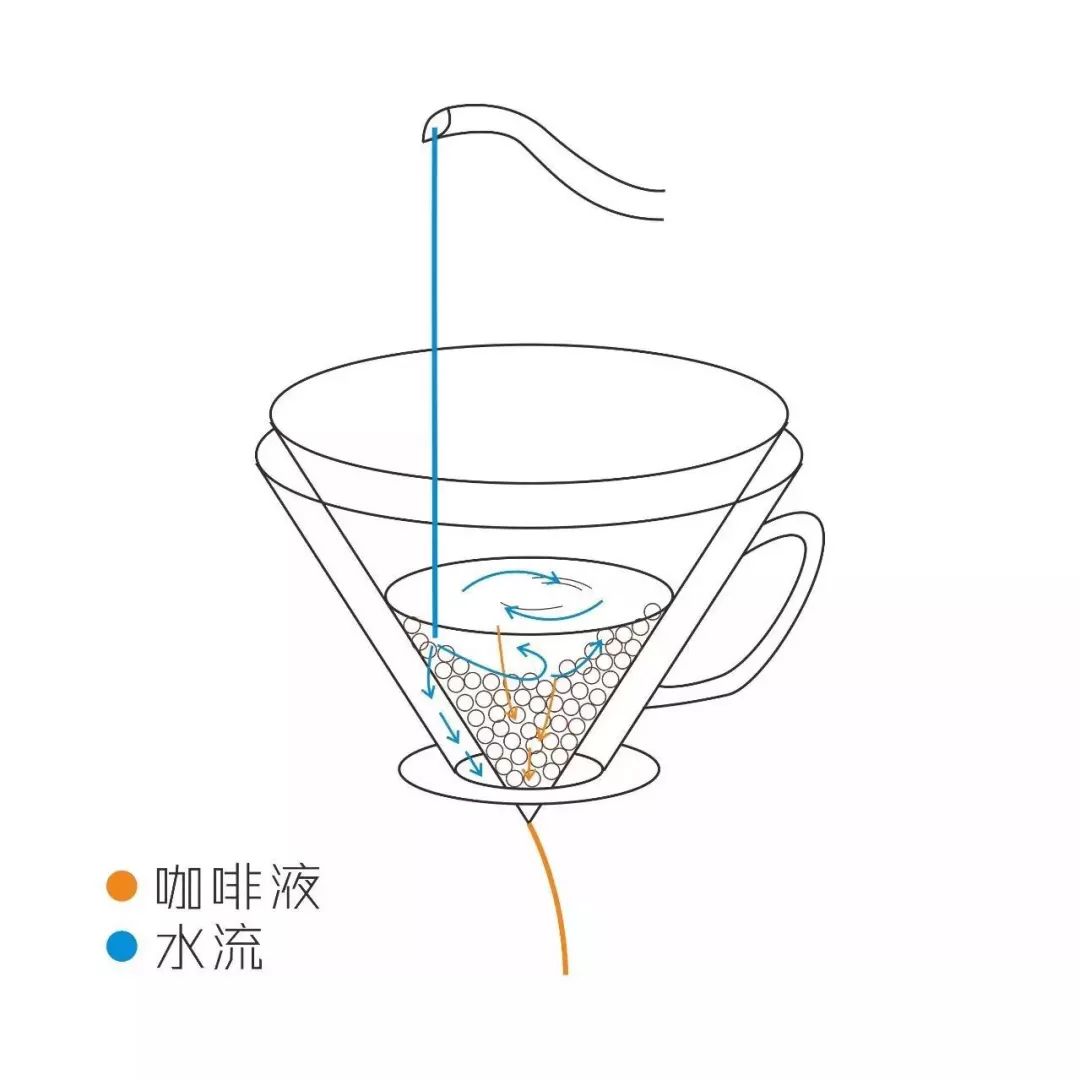
How fine does the coffee powder need to be ground?
Grinding coffee beans is the first step in brewing coffee, but it is also a step that many people are prone to failure, either too fine or too thick, indirectly affecting the taste of the coffee. If you want to accurately grasp the size of coffee powder, it is recommended to use an electric bean grinder that can adjust the scale to accurately master the grinding degree. Take the small Fuji bean grinder as an example, the best thickness of hand coffee powder is in the middle of the 3-4 scale, and fine sugar can be used as a reference.
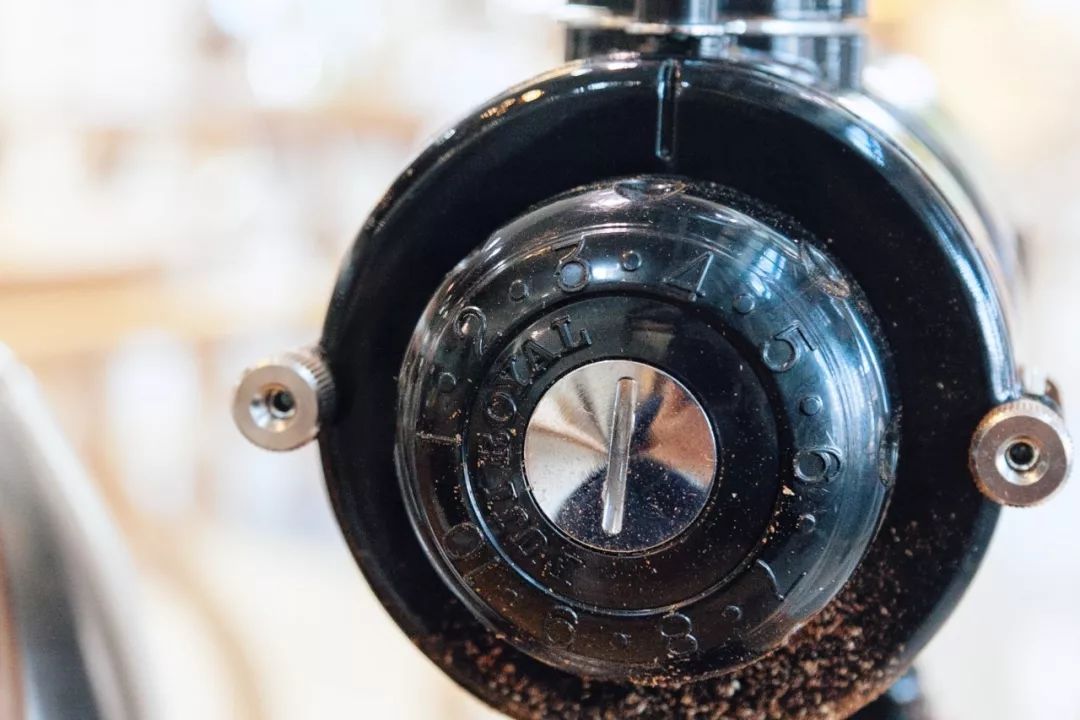
For example, I use an African bean.
Produced by: Ethiopia Sidamo Sakuran 2.0
Treatment: insolation
Baking degree: moderate baking
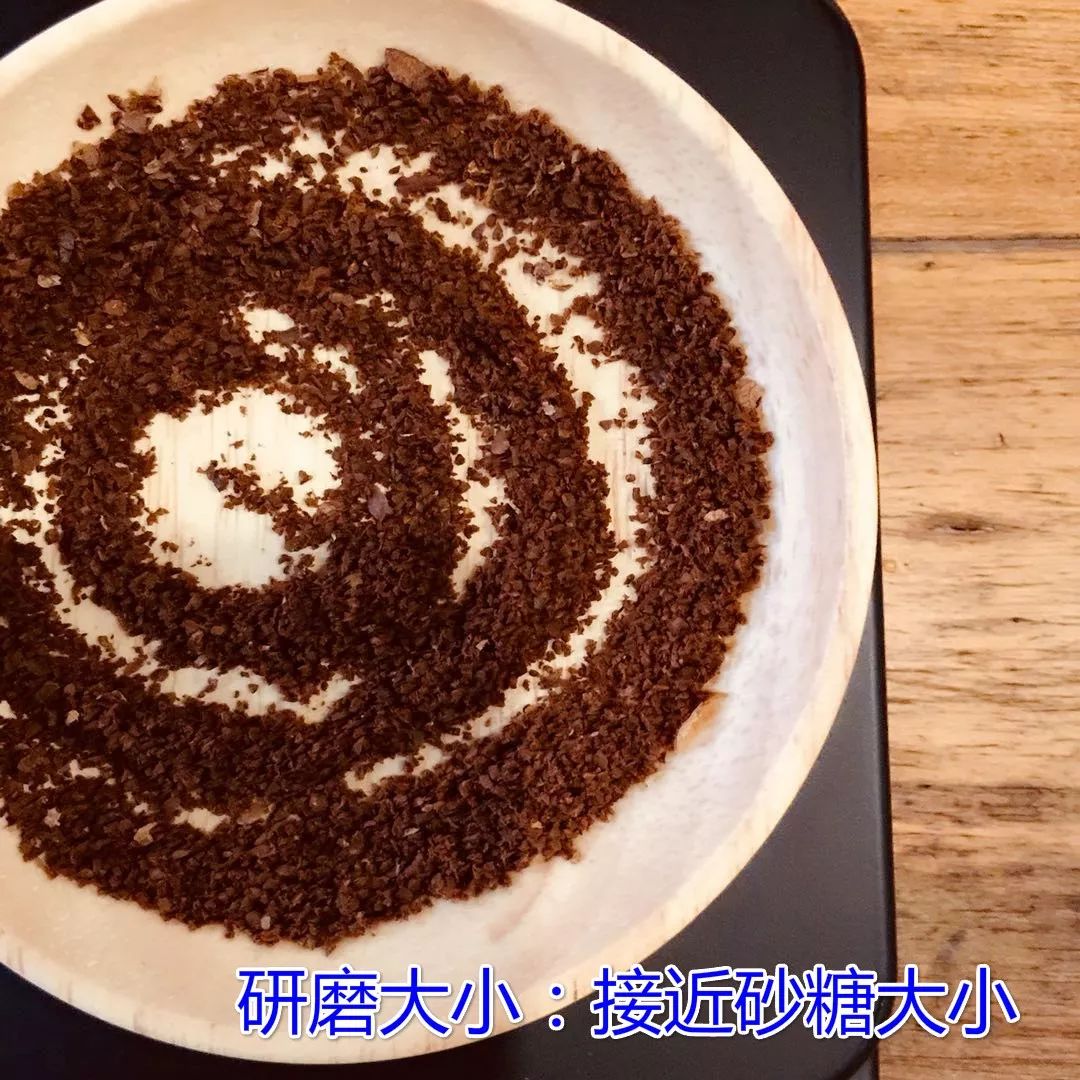
Fine grinding-low water temperature
Bean grinder
Grinding degree
Powder quantity
Filter cup
Little Fuji ghost teeth
3.5
15g
V60
Water temperature
Stuffy steam
The second stage of water quantity
The third stage of water quantity
Total time 2:05
89 degrees
40g water 32s
120g
70g
Total water volume: 230
Sweetness: ☆☆☆☆
Acidity: ☆☆☆
Bitterness: ☆
Taste description: the sweetness is good, the taste is comfortable, the taste is strong, but not as strong as above, the acid is a little softer, it is wrapped in fruit, the bitterness is much weaker here, and the finish is very sweet.
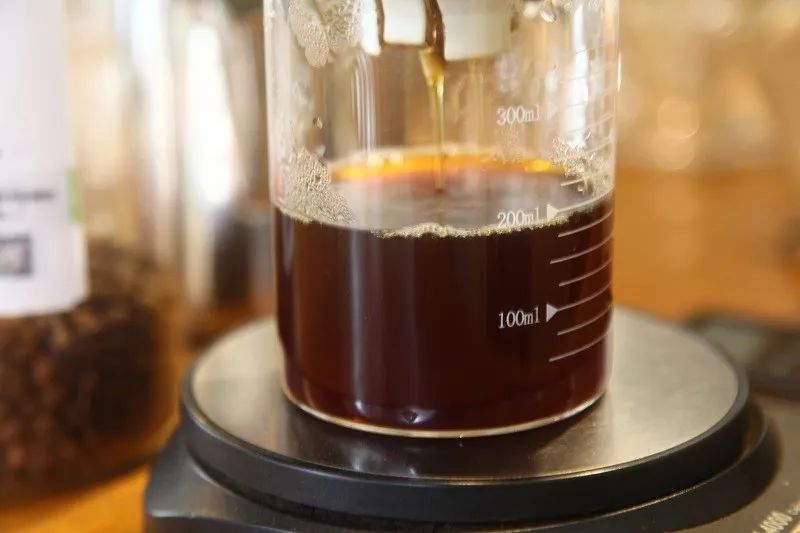
Fine grinding makes me think that the viscosity is very good, the aroma is too concentrated, the taste is relatively strong, and the ratio of gouache to powder also has a great influence, but the change of temperature can obviously reduce the bitterness.
Important Notice :
前街咖啡 FrontStreet Coffee has moved to new addredd:
FrontStreet Coffee Address: 315,Donghua East Road,GuangZhou
Tel:020 38364473
- Prev
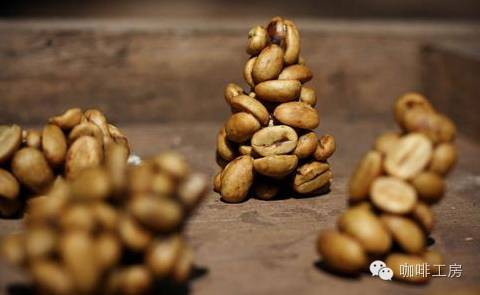
The picture of how the civet shits is "very tasty"! How to identify a real civet coffee
You must not have seen how civets shit! Kopi Luwak, as soon as this picture is posted on the Internet, netizens leave crazy messages "vomiting", "Don't you feel sick?"shit really smells good". "how did man find out that this thing can make tea?" if you travel to Southeast Asia, many people will buy Kopi Luwak Kopi Luwak, also known as: civet coffee is the world.
- Next
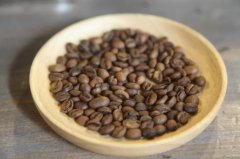
Why are the coffee beans of Yega Xuefei and Sidamo uneven in size, which means that there are many defective beans?
[preface] some time ago, some fans told us that Ethiopian beans are large and small, very uneven, and the defect rate is high. I think maybe we should figure out why the shape of Ethiopian beans is uneven and what is called defective beans. Why are Ethiopian coffee beans always big and small? The coffee beans in Ethiopia seem to be of different sizes
Related
- Beginners will see the "Coffee pull flower" guide!
- What is the difference between ice blog purified milk and ordinary milk coffee?
- Why is the Philippines the largest producer of crops in Liberia?
- For coffee extraction, should the fine powder be retained?
- How does extracted espresso fill pressed powder? How much strength does it take to press the powder?
- How to make jasmine cold extract coffee? Is the jasmine + latte good?
- Will this little toy really make the coffee taste better? How does Lily Drip affect coffee extraction?
- Will the action of slapping the filter cup also affect coffee extraction?
- What's the difference between powder-to-water ratio and powder-to-liquid ratio?
- What is the Ethiopian local species? What does it have to do with Heirloom native species?

